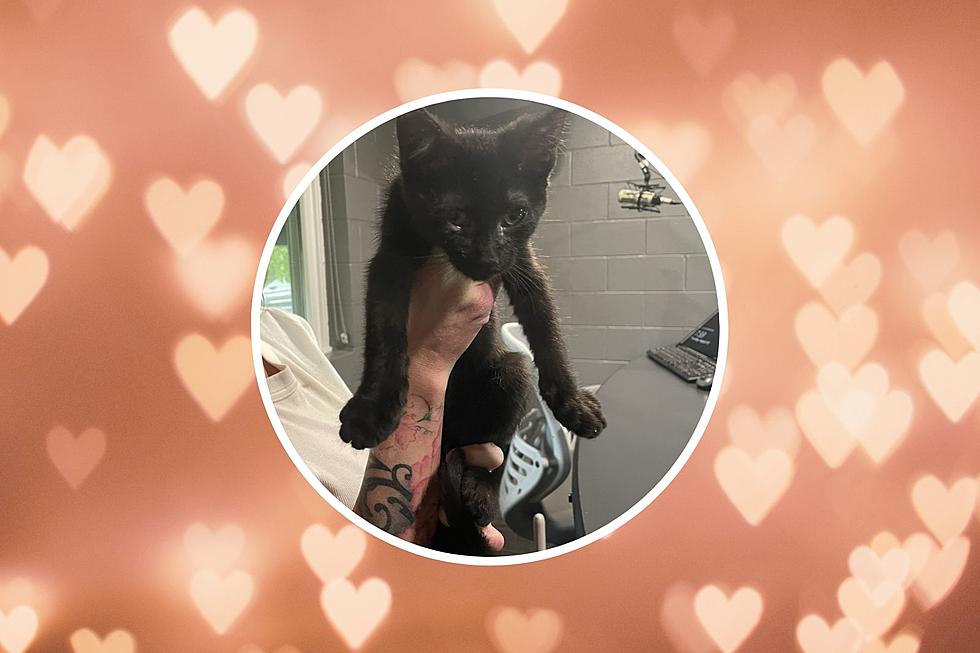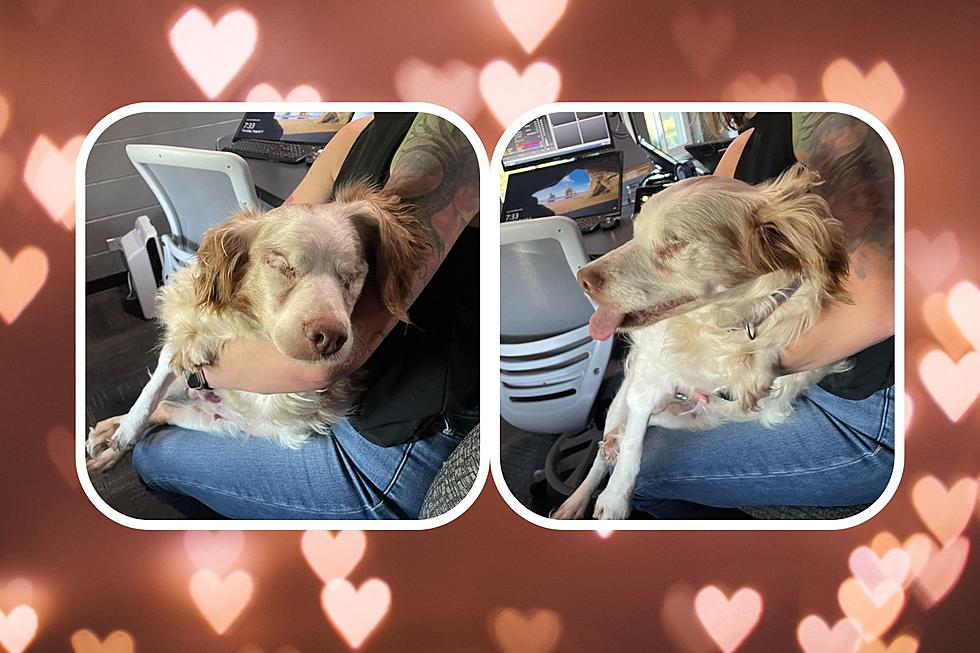
Keep Your Dog Safe This Summer: Tips from the SPCA of SW Michigan
Walking out of my home at 4am to 72 degree, humid weather was a stark reminder that summer is pretty much here. Yes, the official start of summer is on June 20th, but with 90 degree days I'm sure we're all ready to get out and enjoy the sun.
However, if you're a dog owner there are a few things to look out for to make sure your pup stays safe during the hotter months.

The SPCA of SW Michigan recently shared a Facebook post outlining what to look out for and how to avoid summertime issues with your pet.
Top Tips
First, let's start with the 'top tips'...they may be common knowledge but it's always nice to have a reminder:
- Make sure to walk your dog in the cooler parts of the day: early morning or late evening
- Make sure they always have clean, fresh water
- Make sure they have access to plenty of shade
- Consider adding a kiddie pool to your backyard for them to splash around in
Always Avoid...
There are a few things you should always avoid when it comes to your dog and the summertime heat:
- Avoid walking them on hot pavement. Their little paw pads burn very easily.
- Avoid long exposure to direct sunlight
- Never leave your dog in a parked car
Now, with the introduction of newer, smarter cars you may be able to leave the car parked and running with the air conditioning going. However, there are still far too many cases of people leaving their animals in a parked, locked, hot car because they'll 'only be in the store for a minute'.
Earlier in my life I worked as a receptionist at a veterinarian's office in Florida. We only saw one dog for heat stroke but it was because they left this poor baby in the car. They had only been in the store for 10, maybe 15 minutes but that was all it took. Cars become much hotter much faster than any of us realize.
Signs of a Heat Stroke
We can do our best to plan and prepare but what happens to a dog when they're overheated or experiencing a heat stroke? Here's what to look out for:
- Excessive panting
- Weakness
- Vomiting or Diarrhea
- Seizures
Those are among the few signs and symptoms to look out for. See the full list here.
As well, there are specific breeds that are more susceptible to heat stroke. If you have any of the following breeds, or dogs that fall under these categories, make sure to monitor them closely:
- Flat-faced breeds like Pugs, Bulldogs and Boxers
- Senior dogs
- Overweight dogs
Know the Laws
If you're anything like me the instinct to rescue an animal in a dangerous situation is...strong. However, laws regarding breaking windows to save a dog from overheating vary from state to state. Brush up on Michigan's laws, which prohibit you from breaking that window, below:
What About Cats?
With the majority of cats residing indoors, the SPCA says you don't usually have to worry about them overheating in normal circumstances. After all, they never leave the house. If, however, you have an outdoor cat the SPCA says that you can always provide a little outdoor shelter to offer a bit of shade.
LOOK: Here Are 30 Foods That Are Poisonous to Dogs
LOOK: The least obedient dog breeds
More From WKFR









